We are glad to introduce the latest release of CAD Exchanger. With new versions of formats, revised documentation, and improved performance, this update is sure to enhance your CAD experience.
Here are the highlights of CAD Exchanger 3.23.0:
- NX 2306, Autodesk Inventor 2023 and 2024 import;
- Reworked BIM model structure;
- SDK documentation global revision.
Support of Autodesk Inventor and Siemens NX new versions
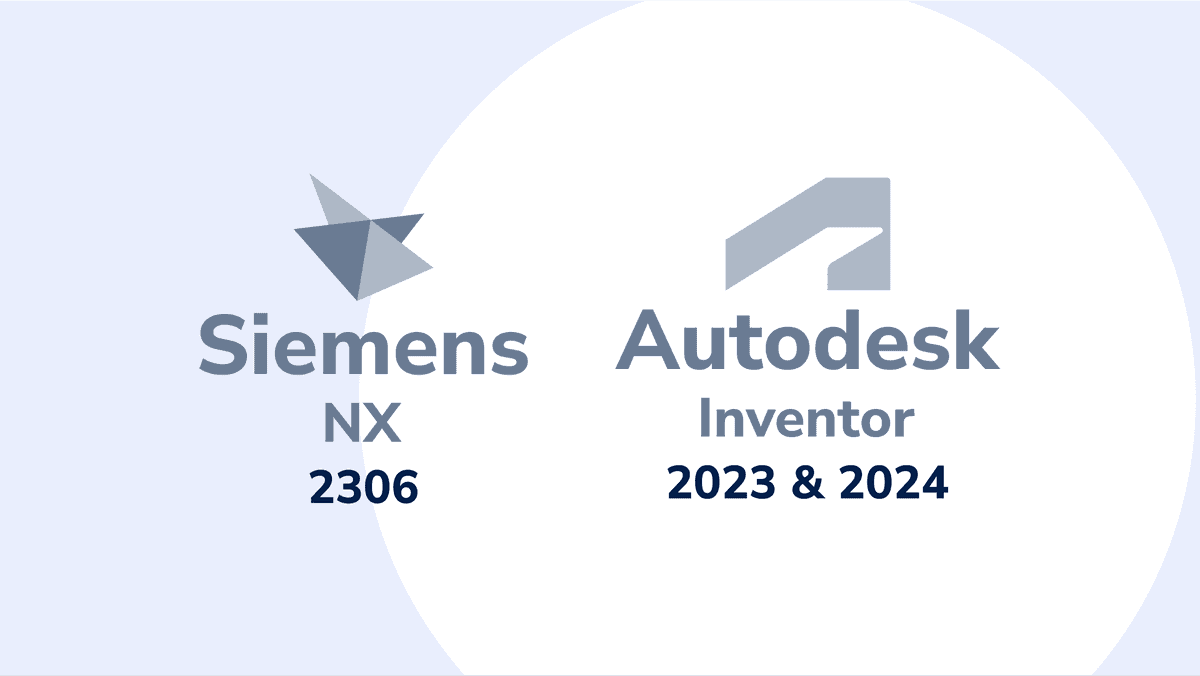
Our team is continuously improving processes to add new formats and their versions faster and faster. Last time, we added the import of Autodesk Inventor 2022 and these days, we supplemented it with versions 2023 and 2024.
Since release 3.8.0, we provided direct support of Siemens NX proprietary file format. Now, CAD Exchanger supports NX 2306, allowing you to easily convert and exchange files with this latest version. As usual, we preserve all the basic data: B-Rep representations, polygonal representations, assembly structure, graphical PMI, colors, and names.
SDK enhancements
Reworked BIM model structure
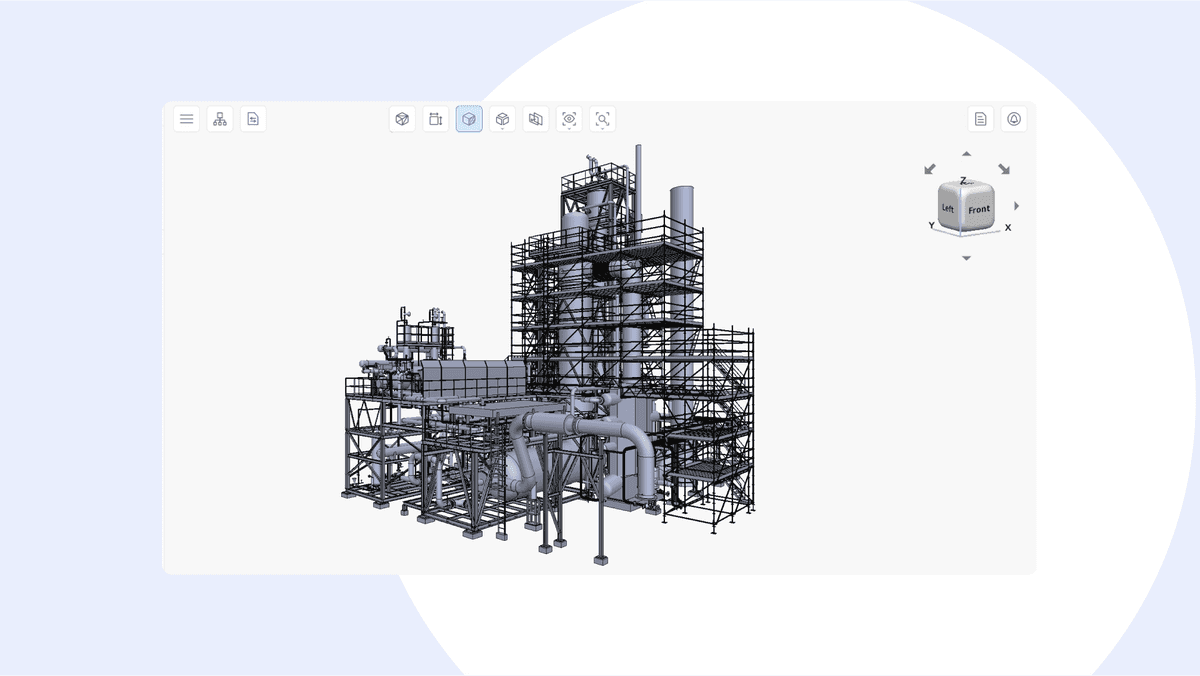
A few releases ago, we added a BIM-specific data model tailored for BIM workflows and, based on user feedback, introduced a few improvements. Some new changes allow our users to create a perfectly valid model and make it clearer to work with objects, elements, and containers. For example, a rigid site-building-storey inclusion order eliminates counterintuitive building options, such as stairs as containers for the toy house.
We have also added Name and PropertyLibrary fields, so now the user can get more metadata from the BIM model. By the way, keep in mind that all these updates also apply to WTK, so working on the web has become even easier.
Expanded API
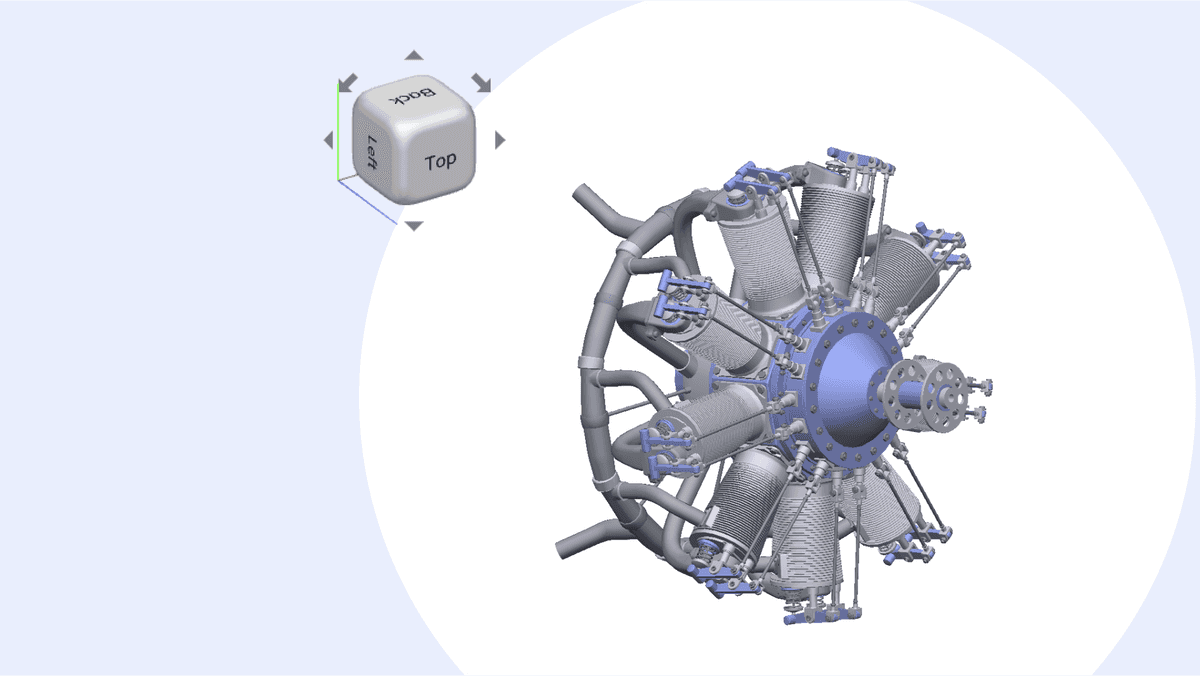
According to customer requests, we have added a new class, ModelData_OrderedWireIterator, as a feature that allows iteration over edges in a wire on a face in topologically connected order. Of course, you can still use our regular iterator instead, but with the new one, you are guaranteed to get an accurate result.
Another request was about the transformation matrix. We developed a special method that allows the user to choose from which angle he wants to open the model. The user sets the transformation matrix, sends the model to our algorithm, and indicates what he wants to do, for example, rotate, move, reduce, etc. Previously, the user had to rebuild the model: he needed to find the transformation matrix and change it manually. Now, SDK does it for him, and it significantly saves time and effort.
We also have improved the CDXWEB file structure to load multi-LOD files faster in the browser. This mainly affects only the JT format but still can be important for some developers.
Unity and UNIGINE updates
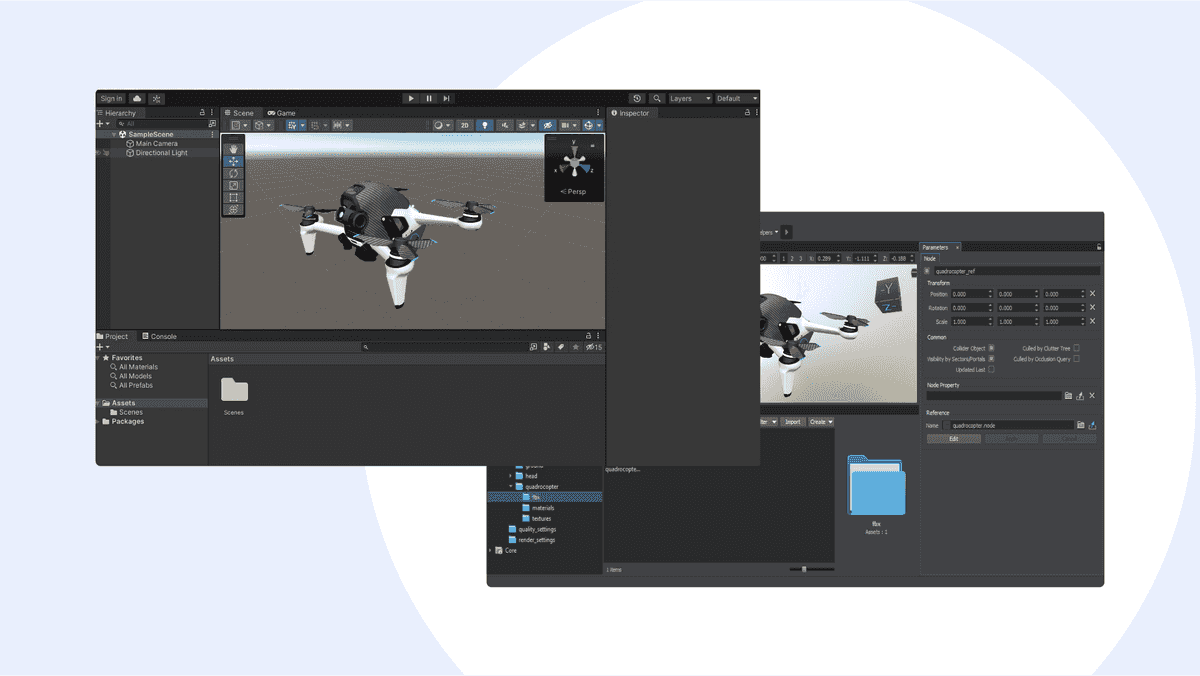
Our integration with Unity provides full texture support in the form of file structures. Currently, there are two types of textures: a picture and a file. Since only a few formats support textures as images, we decided to save all images as PNG files. However, not all formats support textures themselves, so it is recommended that users check this point before exporting.
Another task was to provide support for the latest version of UNIGINE, 2.17. This version has a significant amount of features that can be particularly useful, so many users prefer to move to it.
For example, previously, only one importer could correspond to one extension. Because of this, some of our functionality was missed, and it was impossible to use two importers for one extension. Now, the user can add as many importers as he likes for each extension. Moreover, he can choose which importer to use: the standard one from UNIGINE or ours. It is enough to specify the vendor ID in addition to the desired extension. As a result, our current integration has no above-mentioned limits, and we finally can import all supported formats.
Revised documentation
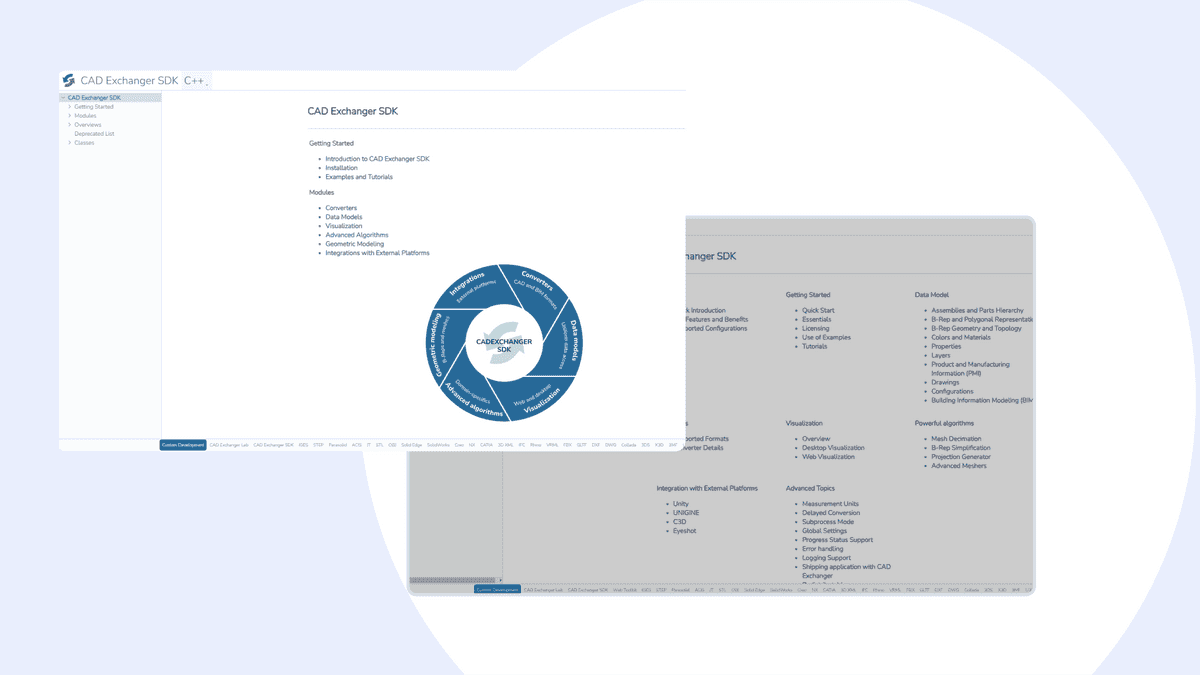
Our SDK documentation also does not stand still. In this release, we have revised all of it to make learning the material and finding answers as convenient as possible.
The new documentation is distinguished by its consistent structure, the presence of all modules, and new articles, for example, integration with Open CASCADE. We have made a separate page for examples, including online demos and interactive examples based on WTK.
Codename 'CAD Exchanger Manufacturing Toolkit'
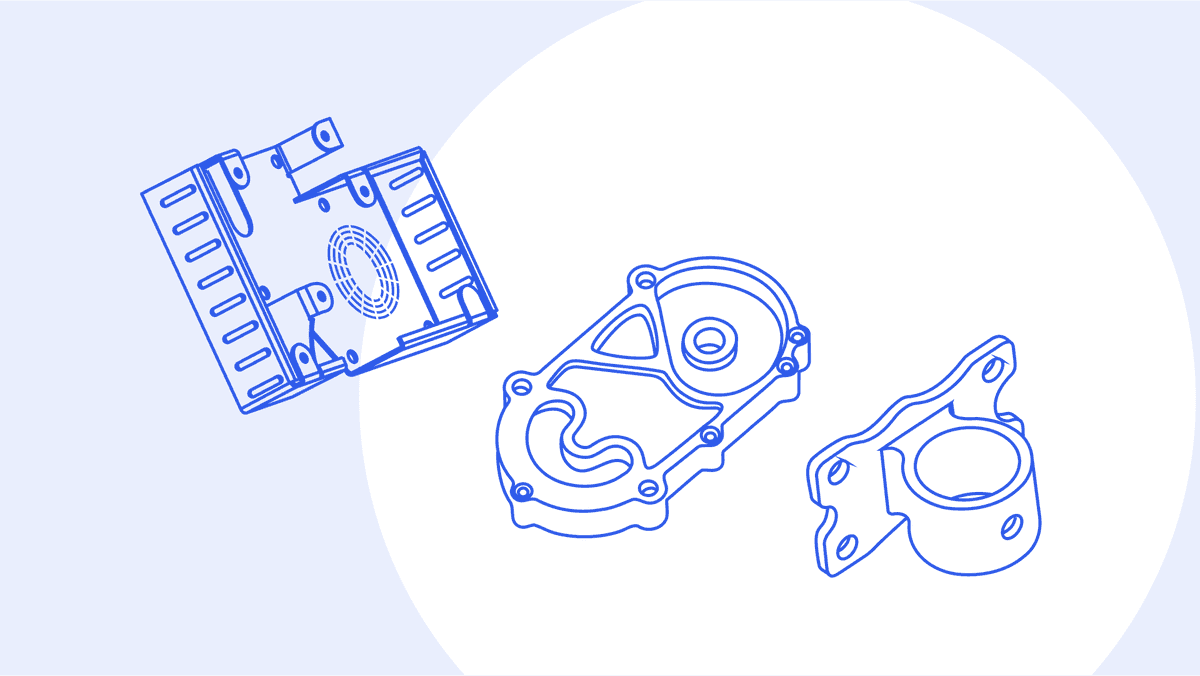
For those already familiar with CAD Exchanger SDK, you might know about the Manufacturing Toolkit (MTK) – a set of algorithms geared towards cost estimation, design for manufacturability, and sheet metal operations. It's been quietly complementing our core CAD Exchanger SDK, soon, it's stepping into the spotlight as a standalone product.
In this release, we've dived deep into our DFMA, unfolding algorithm, and measurements, tweaking them to be not just accurate but quicker too. Stay tuned for more updates; there's a lot more coming your way.
DFMA is a crucial aspect of CNC machining as it is centered around inspecting models for potential manufacturing issues. We improved fillet related checks logic and now can find spline fillets. Also, the updated logic for the Outer Diameter Profile check no longer recognizes perpendicular turning faces as an error.
Our unfolding algorithm to reverse engineer original metal sheets allows users to get a full 2D projection. Earlier, the user could clarify which face of this projection corresponds to the original face and vice versa. We have added the same match for edges so that users understand the location, regardless of representation.
We also paid attention to our measurements. With this release, users can calculate the volume for removal during the manufacturing of a particular feature. As for the wall thickness algorithm, our team reworked it. Starting from now, this algorithm provides more accurate minimum and maximum values, and we plan to add more values, including averages, in the future.
Format improvements
We are always committed to enhancing the user experience by improving our formats. Let's see what we have prepared this time.
BIM file format updates
- IFC: fixed the structure of files exported from mechanical CAD and 3D formats, data races when reading files containing non-ASCII characters. Improved import of entities based on profile curves with big gaps between vertices of said profiles.
MCAD file format updates
- ACIS: improved support of ACIS ASM binary files.
- Collada: improved export of transparency.
- FBX: fixed import of objects without mesh.
- glTF: fixed textures not being exported on Linux and improved export for assemblies with Draco compression.
- NX: import now retains the transparency of objects.
- OBJ: added export for materials with transparency.
- STEP: added support for import of used-defined properties at geometry level assigned using 'geometric_item_specific_usage' entities.
- U3D: improved appearance export in debug mode.
There are some other minor updates in SDK, WTK, and MTK. Read the CHANGES.txt file to stay up-to-date.